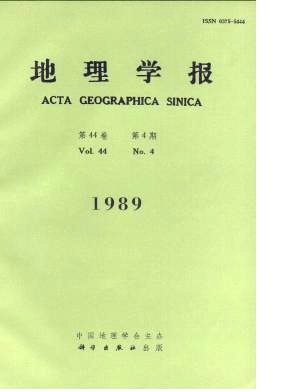Dong Liming, Feng Changchun
Chinese goverment decided to levy a tax on the land users according to land qhality lastyear. This is an important reform on the system of Chinese urban landuse. In this paper,the authors attempt to look into some theories and methods about econornic evaluation of urbanland.There are two ways of evaluating urban land. One is to classify urban land based onthe differences of rent level, of which main problem is that it seems impossible to get all ne-cessary data of rent in the city built-up area. The other is to appear land value by a seriesof factors such as land location, infrastructure, environmental quality, physical condition etc.This factors reflect the characters of urban land from economic, social, as well as environ-mental aspect and their evaluations an cover the whole city. Comparing these two methods,the second one, multifactor urban land evaluation have more advantages, and can be used asa main way.Among the many factors which affect the land value, location is the most important one.For the land value reglects rent level, and the different rent reflects in turn the variation oflocation. A good urban land location means first high acccssibility, that is, less travel timeand transport cost; Secondly, some activities such as commerce, trade and services can bene-fit from agglomeration. In This paper, the authors put forward an evaluation systern whichconsists of 4 main factors and 22 sub-factorsj.The nain steps of economic evaluation of urban land by these factors are as follows: (1)Choose the evaluating factors based on different situation; (2) Determine the evaluating ranksand standard of evaluating factor for each rank; (3) Give a weight to the factors accordingto their importance; (4) Decide the size of evaluating cells in accordance with some princi-ples; (2) Develop a model of evaluation and calculate the evaluating value of every cell; (6)Grade urban land into several ranks and (7) Draw the evaluation map of urban land. The method mentioned above was applied in the study of urban land evaluation in Jiningcity, Shandong province in 1988, and the results turned out to be a success.
